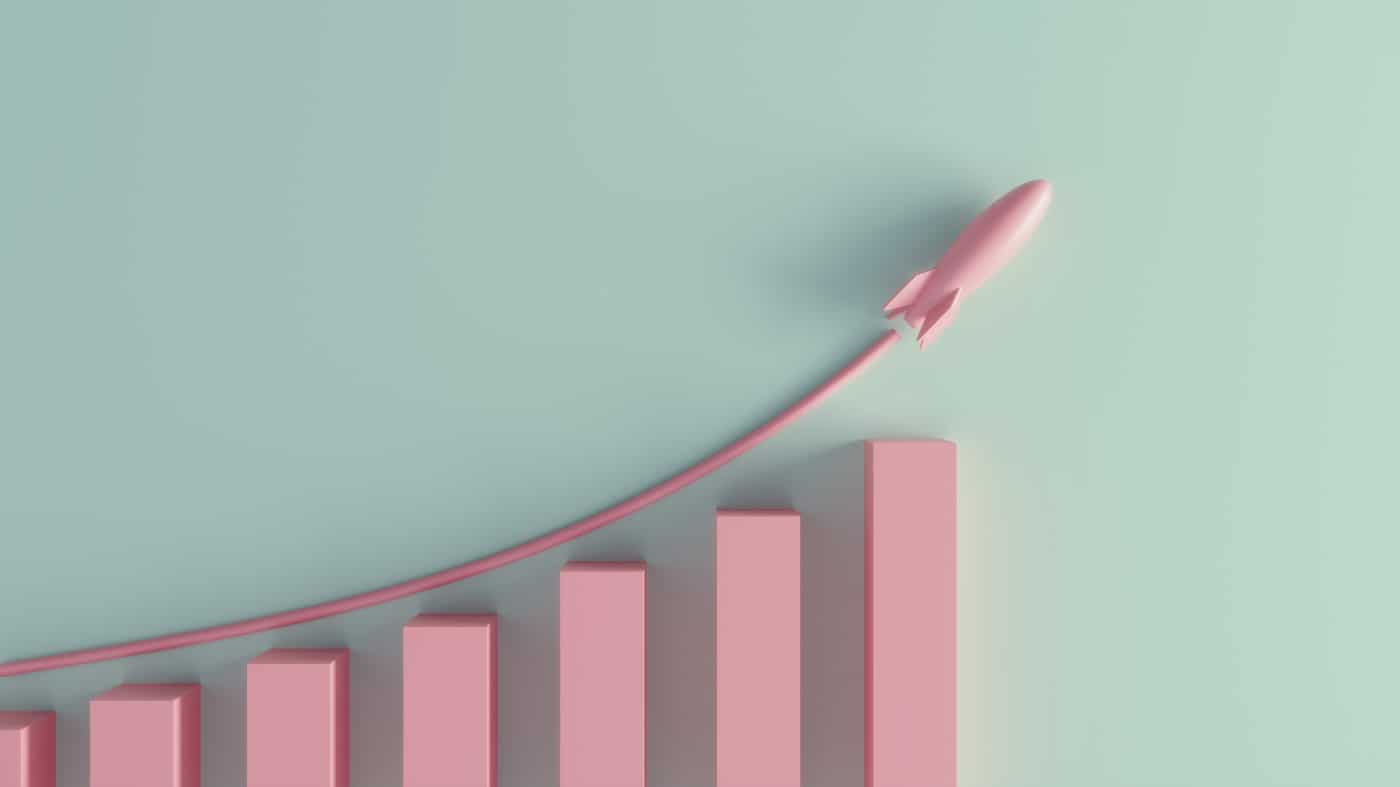FTSE 250 investment manager abrdn (LSE: ABDN) paid a 14.6p a share dividend last year. On the current stock price of £1.49, it gives a yield of 9.8%. This is one of the highest available in any major FTSE index.
The firm’s paid the same dividend every year beginning in 2020. Of course, all companies face risks, and abrdn’s no different.
The main one in my view is that its ongoing reorganisation fails to progress as it wants. Additionally, a renewed surge in the cost of living might cause investors to withdraw funds from the firm.
However, analysts forecast it will pay a dividend of 14.6p this year, next year, and in 2026.
How much passive income can be made?
Passive income’s money made from minimal daily effort, such as from share dividends. The only real effort involved here is picking the shares in the first place, and then monitoring their progress periodically.
I began investing in shares over 30 years ago with around £9,000. The average UK savings amount is £11,000. And the average amount in a UK savings account is £17,000.
So taking slightly under the mean average of this — £12,000 — as an example would make £1,176 in the first year at 9.8%.
Over 10 years on the same average yield, abrdn shares would pay £11,760 in dividends. And over 30 years on the same basis this would rise to £35,280.
A very nice return, but it could be much more with a standard method used to maximise dividend gains.
The ‘miracle’ of compounding
Rather than taking the dividends out of the investment every year and spending them, they can be used to buy more abrdn shares instead. This is called ‘dividend compounding’ and is the same basic idea as allowing interest to accrue in a bank account.
Starting again with £12,000 in abrdn shares – but reinvesting the dividends – would make £19,846, not £11,760 in dividends.
And over 30 years, given the same average 9.8% yield, an additional £212,296 in dividend returns would have been made, not £35,280!
Adding in the initial £12,000 investment, the abrdn holding would pay £21,981 a year in dividends, or £1,832 every month!
Are the shares also good value?
It’s important to remember that yields change as share prices move and dividend payments alter. This is why the small effort involved in periodically checking stock holdings is nonetheless essential.
If a share’s no longer delivering the yield an investor wants, it can be sold. Another high-yielding stock can be bought instead. To minimise the chances of losing money on any share price sale, I look for stocks that appear undervalued.
In abrdn’s case, it trades at the bottom of its peer group on the key price-to-earnings (P/E) stock valuation measure.
Its P/E of 8.4 is very cheap compared to the competitor average of 28.1. These comprise RIT Capital Partners at 11, M&G at 16.9, Bridgepoint Group at 37.8, and Legal & General at 46.7.
Will I buy the shares?
I already own the stock and will soon add to my holding based on its very high yield and notable undervaluation.
This post was originally published on Motley Fool




